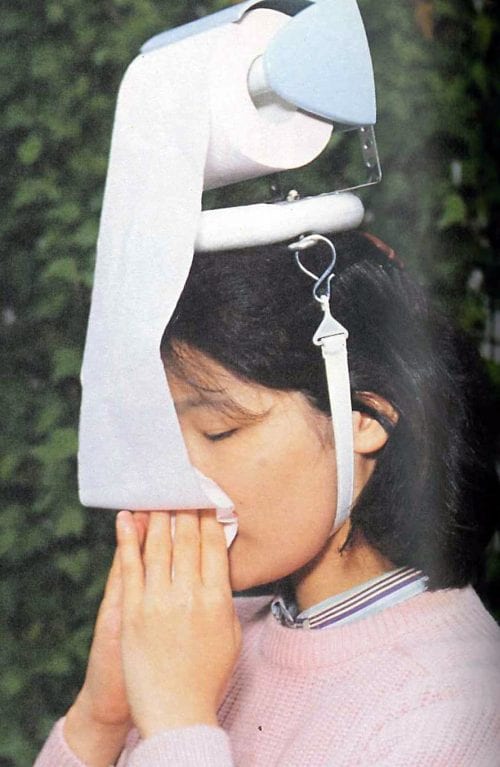What is a Chindōgu?
Some say that art is art because of its uselessness, with beauty in art sometimes being thought as the opposite of practicality. But Chindōgu is something that goes beyond art and practical use, and instead makes something that is useful yet useless.
Originally an idea created by a Japanese artist Kenji Kawakami in the 1900s, Chindōgu is a weird object that stands on the borderline between useful and useless — something “unuseless”. The “unuseless” defines something that is not exactly useful but at the same time not entirely useless. So, in order to be a Chindōgu, an object or a tool needs to be “almost” completely useless, though they are created to be used. These tools are not an everyday object that can be mass produced or be sold.
Although in the ten tenets for Chindōgu states that it needs to retain its innocence, I think that beneath this humour there lies criticism and satire towards materialism and consumerism. I am not sure if it is also used elsewhere, but the term Chindōgu in Korean economics refers to objects people buy without a particular reason — objects ending up to be useless. When directly translated from its Kanji (Chinese characters that are adapted to the Japanese writing system), it means rare and weird tools, but in a broader sense, it means objects that we meaninglessly buy.
Back in the days when Kenji Kawakami created Chindōgu, Japanese economy flourished with the mass production and export of objects. But as a result of the excess of productions, useful objects continue to pile up and end up being useless. I guess this is why the tenants state that a Chindōgu should not be sold. At first sight, a Chindōgu may seem like a strikingly brilliant object, but in truth when they are put into production and use, they will be just another addition to the cabinet of unused items.
But there still remains temptations for this unuseless Chindōgu. I personally being an extremely lazy person, I find these peculiar objects very attractive and feel like I could use all of these in my daily life — even the umbrella specially made for shoes. However, these little temptations are the shortcut to mass production and consumerism. And thinking that these Chindōgus might come in handy someday, just like the selfie stick — originally a Chindōgu — people will gradually lose their interest.
